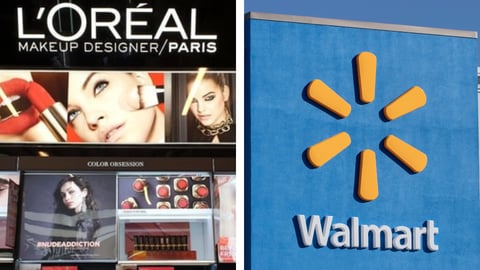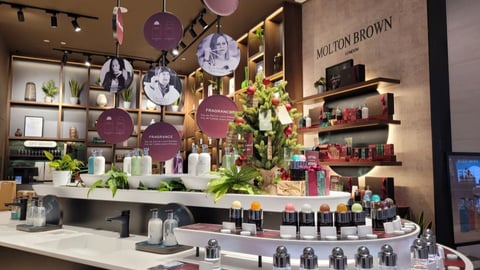Why Transparency and Traceability Matter in the Food Supply Chain
Being opaque isn’t always a bad thing. Leggings, red wine, bedroom curtains — the less we see through, the better. But that’s definitely not the case when it comes to the food we eat. In today’s culture, transparency is everything.
Don’t think so? Stop and take a look around the next time you’re in the grocery store. You’ll probably notice a lot of shoppers inspecting product labels, scanning them for allergens, ingredients, claims, and countries of origin. They might even be looking to see how a product was farmed or manufactured.
That’s because now more than ever, consumers demand transparency, especially with food. They want to know where it’s coming from, the ingredients involved in its production, and whether it was grown, raised, or produced using the most ethical practices possible.
Most importantly, consumers want to feel secure knowing their fruits, vegetables and packaged food products pose zero risk to themselves or their family. Considering all this, transparency and traceability have become two of the most important factors driving brand reputation and risk reduction for food retailers worldwide.
See also: How The Coupon Bureau is Cutting Down on Fraud and Unlocking Mobile Couponing
If food brands do happen to encounter a safety crisis, retailers and regulatory bodies alike should be able to trace a products’ ingredients to the raw material and production line level. Government regulations have become much more scrupulous in making sure food manufacturers, fresh food suppliers and food retailers practice transparency throughout the production and distribution process.
Being able to identify, isolate and recall specific items can ultimately protect consumers’ health, salvage a brand’s reputation, and lend to decreased food waste. This then reinforces consumers’ confidence in a retailer’s ability to effectively manage hazardous situations.
Here's an example: Let’s say you’re the president of John Doe Fruit, a fresh food brand specializing in locally-sourced apples and homemade pies. You’ve partnered with several organic farms that provide John Doe Fruit with just-picked produce, which then gets distributed to various grocery stores and supermarkets around the country.
One day, you get word from a supplier that her latest batch of apples might be contaminated with listeria, a harmful bacterium that poses serious health risks to consumers. To manage the crisis, you immediately notify all distributors and retailers to pull potentially contaminated items from trucks, distribution centers, back rooms, store shelves and any other John Doe sell channel.
And while you voluntarily issue a product recall to protect consumers from food-borne illness, you also realize those same customers will probably take heed the next time they see a John Doe Fruit label in their local produce section.
Besides a brand’s reputation being called into question, food product recalls can also wreak havoc on a company’s financial profile and performance in the market. One would assume it’s because of decreased sales from less-than-pleasing public optics.
See also: Digital Darwinism & Generation C: Navigating the Future of Business with Digital Transformation
But companies that issue product recalls actually absorb the costs of product replacements and reimbursements to affected consumers, including applicable lawsuits.
On top of that, they also funnel substantial amounts of capital toward crisis management marketing.
So when you take all those factors into consideration, it’s possible for a recalled food product to cause a multi-million dollar dip in a company’s bottom line. Couple that with a decline in public confidence, and the economic effect is devastating.
The fact is, if consumers can’t trust the companies from which they buy, they certainly won’t purchase products from them any time in the near future.
Sure, big brands like Kroger, Walmart or Costco might be better equipped to weather the storm of a product recall, but the smaller ones can’t. Without a robust cash flow or international brand recognition, these smaller organizations become much more susceptible to financial losses and cataclysmic long-term impact.
Our thoughts go out to John Doe Fruit.
Sue Welch is CEO of Bamboo Rose.




